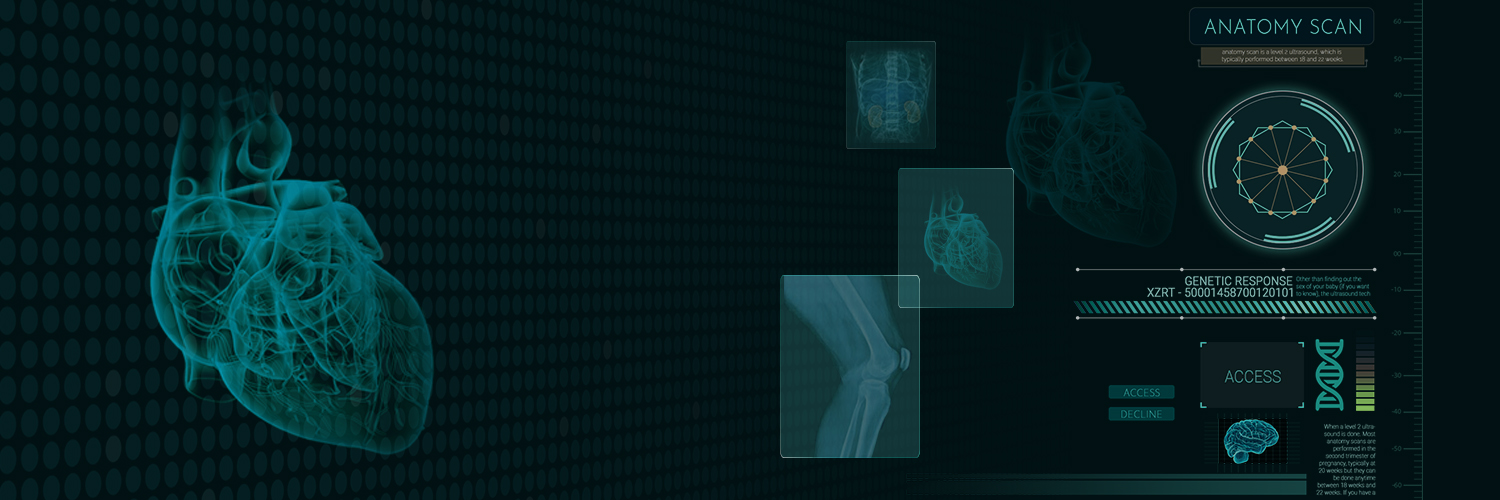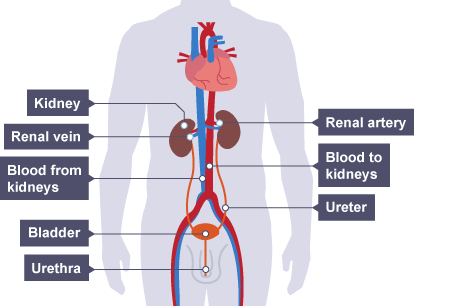
Kidneys:

Dialysis
The procedure used in artificial kidney in place of normal is called dialysis.

Besides the urinary system, skin, lungs, and even eyes helps in excreting waste products in different forms. Excretion through the skin or sweating releases water, urea, and other salts. Similarly, gaseous wastes such as carbon dioxide, nitrogen, etc. are exhaled through the lungs.